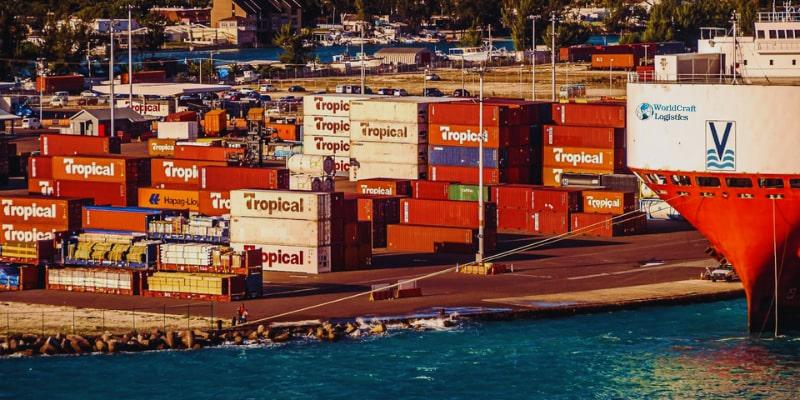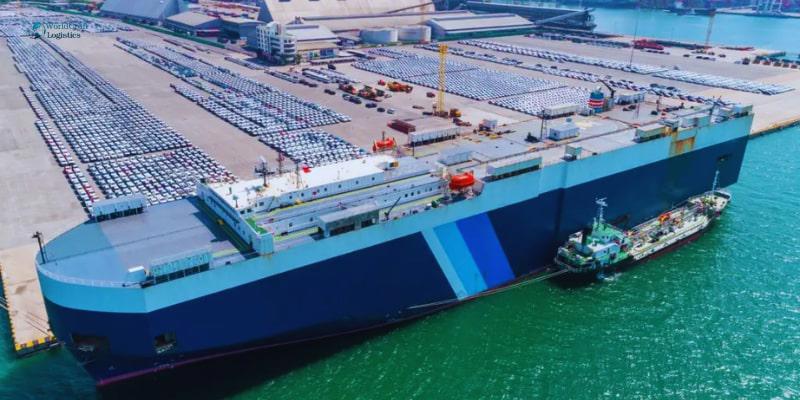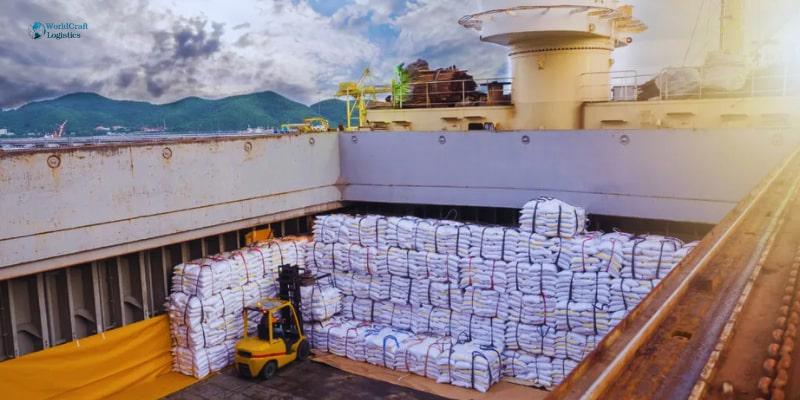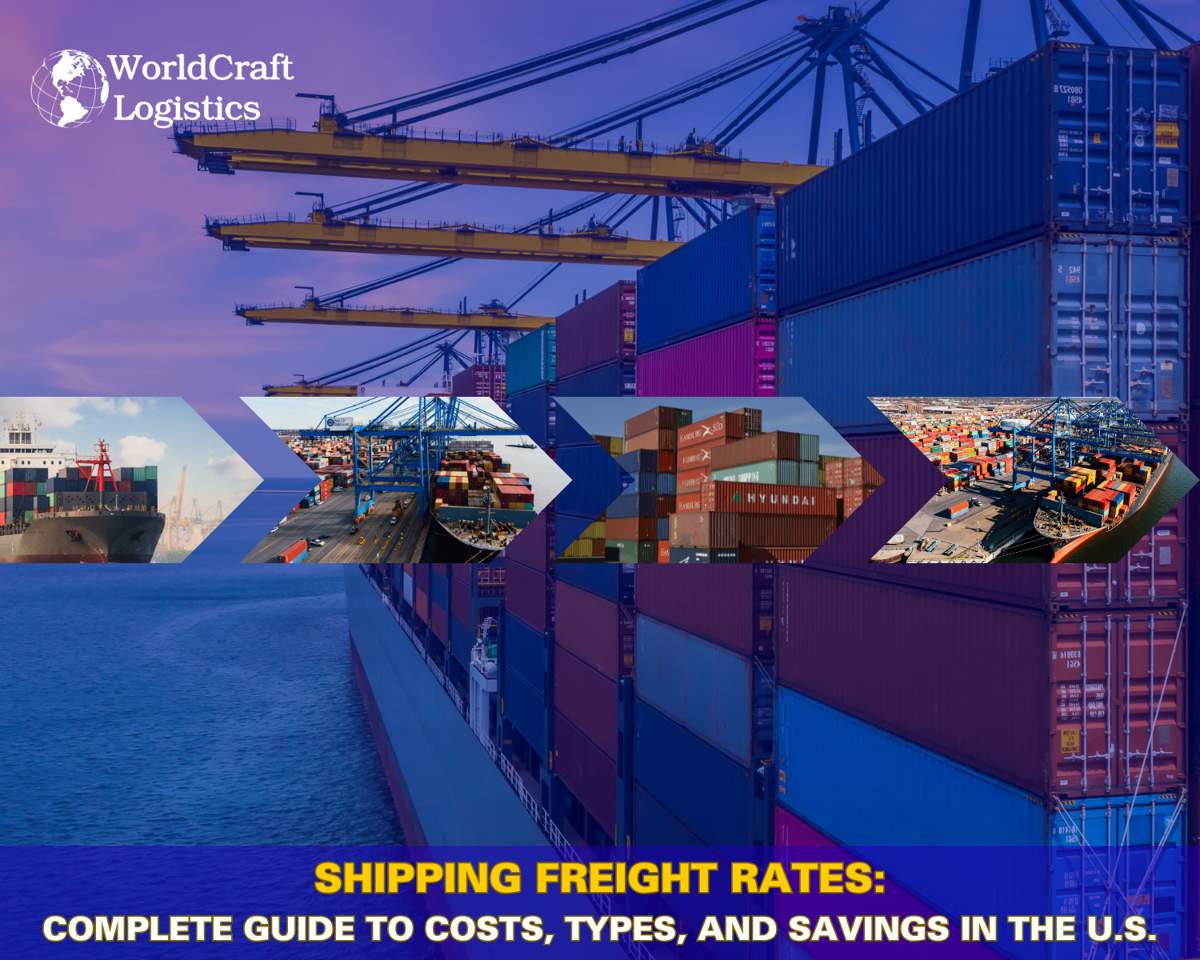
Starting June 1st, 2023 Our warehouse fee will be $0.65/cubic foot per month
In effort to lower the warehouse storage fee during inflation, we have went narrow aisle racking.This construction took us four months but the project is finally completed. With narrow aisle racking, we are able to drop storage by 24%.We as partners will go through this inflation together.
10/26/2023
Given its size and weight, bulk cargo presents particular handling and transportation difficulties. Effective handling of bulk cargo necessitates a thorough knowledge of the particular items being transported as well as the proper techniques for storage, handling, and transportation to guarantee the transaction's efficiency and safety.
Bulk goods can be loaded, handled, and unloaded via container handling systems from different origins to different destinations swiftly and effectively. These systems are frequently used in ports, inland container terminals, and sizable overland networks like railways.
The concept of bulk cargo, the several kinds of containers that are used to carry it, and the different ways to handle and load it are all covered in this detailed review.

The term "bulk cargo" describes goods that are transported by ship without packaging or in loose bundles. Bulk cargo may be used to a product if it cannot be easily secured on a ship and is not containerized.
Examples of bulk cargo include things like coal, grain, or oil... Free-flowing, liquid, or dry items are the three different categories for bulk freight. Usually, a tanker truck, railroad car, or merchant ship will receive this kind of cargo by being dropped or poured into it as a liquid or solid.
Items that are packaged but not containerized are also referred to as break bulk cargo. Break bulk includes things like cement that is bagged, cement in drums, cars, and big aviation parts. Transportable items classified as break bulk freight include bags, barrels, and pallets.
Discover the term "Break bulk," in the world of logistics and shipping, is the art of dismantling large shipments into smaller, more manageable units. It's the fine balance between complexity and simplicity that keeps the global supply chain flowing smoothly.

Break The process of bulk shipping is the same whether you are importing or exporting products in bulk. Three processes are typically involved: unloading, storage, and loading. Your bulk consignment is unloaded and transported to a bulk cargo storage facility when it reaches the port, where you can make arrangements for its pickup and transportation.
Until it can be moved and loaded onto a ship, you retain your export cargo at a port storage facility. You can avoid the stress of making a hurried, planned delivery by storing your goods at the port and giving yourself plenty of time to load and depart with your package.
You will require a customs broker to handle the unloading, offloading, and storage of your cargo because they involve a lot of paperwork and regulations. To help you handle and keep your bulk cargo while it waits to be sent, you'll also need to hire unloading, offloading, and storage services from various businesses at the port. These companies help you save time and money by simplifying the challenges of bulk shipping.
Other terms that may interest you as you enter the commodity application chain:
- Understanding the Distinctions Between Demurrage and Detention in Shipping
- Understanding the Distinction between CY/CY and CFS/CFS Terms on a Bill of Lading in Ocean Freight
Several different types of items can be transported via bulk cargo shipping. Solid Bulk and liquid Bulk are the two categories into which these can be separated. Here, we focus on the two primary categories of bulk freight.

Another name for this kind of goods is dry bulk or dry cargo. Conveyor belts, cranes, hoppers, and silos are all options for storing the materials once they have been transported from a plant, field, mine, or other originating place. In dry bulk transportation, examples of solid bulk cargo include grains (wheat, rice, barley, and oats), minerals (bauxite, copper, and limestone), chemicals (resins, pellets, plastic granules, or fertilizers), and other products (salt, wood).
These products are produced using dry bulk cargo carriers, which are large boats with a single running deck and numerous hatchways intended specifically to transport solid bulk.

Any kind of liquid, freely flowing substance is acceptable. Pumping facilities and pipelines are used to load and unload these bulk materials. They must be transported using specialized liquid-holding deposits or tanks.
Chemicals like liquid nitrogen, natural gas, petroleum, cooking oils, and chilled goods like milk and fruit juice are all included in liquid bulk. Tankers designed to carry these goods in bulk have multiple hulls to strengthen their superstructure. Typically, these are large vessels having a deadweight capacity of more than 400,000 tons.
Keep in mind that liquid bulk cargo may not be suitable if you are exporting smaller, discrete shipments of these products, or even illegal or dangerous goods.

To guarantee that big commodities are carried effectively and safely, handling large shipments entails a number of stages. The kind of bulk cargo in transit must first be accurately categorized and identified. Shippers can use this information to detect potential risks, storage needs, and the necessary handling equipment.
Second, create a sensible loading and unloading strategy. It entails choosing the proper loading techniques, figuring out the proper loading order, and maintaining the stability of the vessel throughout the transit.
The next requirement is having the appropriate paperwork, such as bills of lading, weight certifications, and safety declarations. These papers are required to follow rules and guarantee a quick customs clearance procedure.
It is also crucial to choose the right kind of bulk cargo ship. The vessel needs to be outfitted and sized correctly for the type of cargo it will deliver.
Last but not least, a successful and safe bulk cargo shipping depends on excellent communication and coordination between the shipper, carrier, port authorities, and cargo handlers, among other parties engaged in the shipment. It comprises pre-shipment preparation, continuous observation while in transit, and prompt reporting of any problems or occurrences.

The size, weight, and distance of the shipment are the four main factors that affect the price of transporting bulk cargo. However, as was demonstrated in the preceding section, prices might vary depending on the state of the market. The four main elements that affect bulk shipment costs are as follows:
When taken together, these two factors have a considerable impact on shipping prices. You will be required to supply the precise weight and size of your cargo, and each item being delivered will have a National Motor Freight Classification (NMFC) number depending on its weight and dimensions.
This takes into account elements including density, shipment value, your items' susceptibility to damage, and the product's loadability and handling attributes. Fragile and expensive commodities typically have higher freight classifications, which raises the cost of shipping.

This is a standard method for figuring out the cost of shipping bulk goods, taking the shipment's density into account. To determine transportation costs, utilize the greater of the dimensional weight or gross weight. For items that don't weigh much but take up a lot of area, dimensional weight is used.
Despite the possibility that distance traveled could affect bulk cargo shipping costs, rates rarely increase by a mile. Instead, a complex algorithm is used to determine tariffs while taking into account various groups of origins, destinations, and the type of cargo. The price of bulk freight per mile might occasionally go down as you go farther, depending on line-haul costs and terminal costs for different modes of transportation.
Bulk cargo shipment is not for everyone; the majority of online businesses couldn't use it. However, it can be highly helpful for industrial or agricultural commodities. Don't forget to contact us since WorldCraft Logistics is available to assist you with your bulk cargo transportation needs.
SEO
Digital Marketing/SEO Specialist
Simon Mang is an SEO and Digital Marketing expert at Wordcraft Logistics. With many years of experience in the field of digital marketing, he has shaped and built strategies to effectively promote Wordcraft Logistics' online presence. With a deep understanding of the logistics industry, I have shared more than 500 specialized articles on many different topics.

Education
01/05/2025

Education
02/18/2025

Education
01/01/2024

Education
08/28/2024

Education
09/09/2025